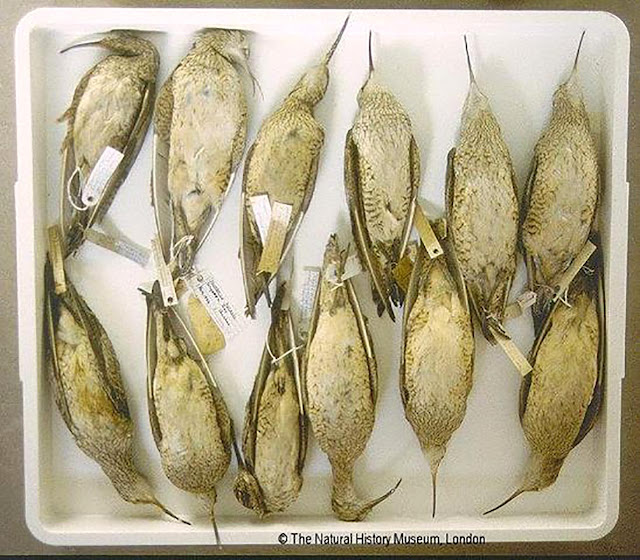The Artdog Quote of the Week
Several posts this month have obliquely referenced the difference between need and wildest "want." as it applies to the use of resources. From the very first post through discussions of respect for the original (animal and plant) inhabitants of an ecosystem, habitat encroachment, the role of corporations, and all the way through sustainable protein, this blogger has explored a range of eco-centric questions that weigh upon the fate of life on Earth--and beyond.
We only have one Earth, so far. Let us not exceed its capacity, until we have the capability to live beyond this sphere!
IMAGE: Many thanks to Seeking Answers from April 2013, via Green Heart at Work, for this image and quote from Mahatma Gandhi.
Several posts this month have obliquely referenced the difference between need and wildest "want." as it applies to the use of resources. From the very first post through discussions of respect for the original (animal and plant) inhabitants of an ecosystem, habitat encroachment, the role of corporations, and all the way through sustainable protein, this blogger has explored a range of eco-centric questions that weigh upon the fate of life on Earth--and beyond.
We only have one Earth, so far. Let us not exceed its capacity, until we have the capability to live beyond this sphere!
IMAGE: Many thanks to Seeking Answers from April 2013, via Green Heart at Work, for this image and quote from Mahatma Gandhi.





































